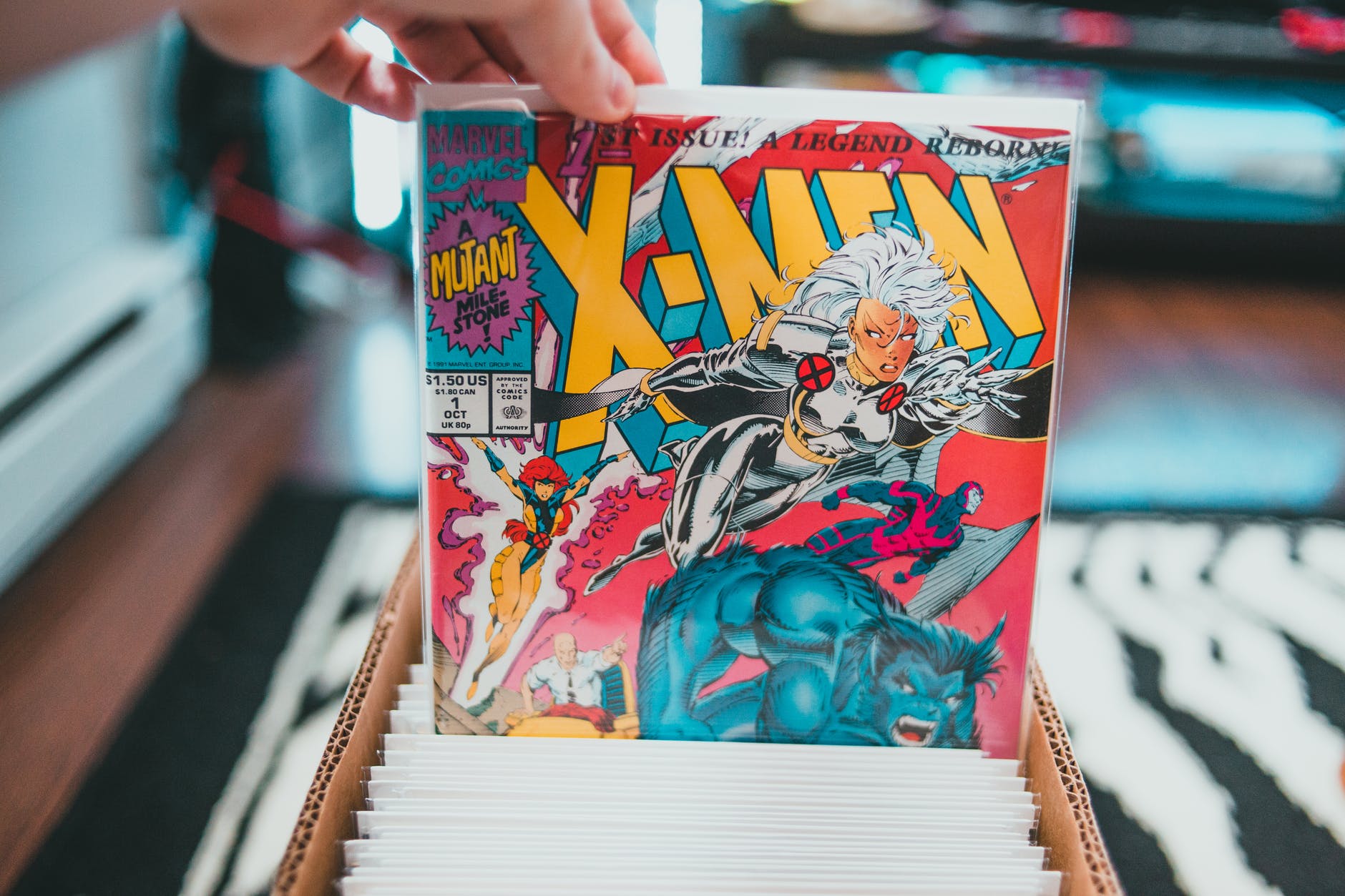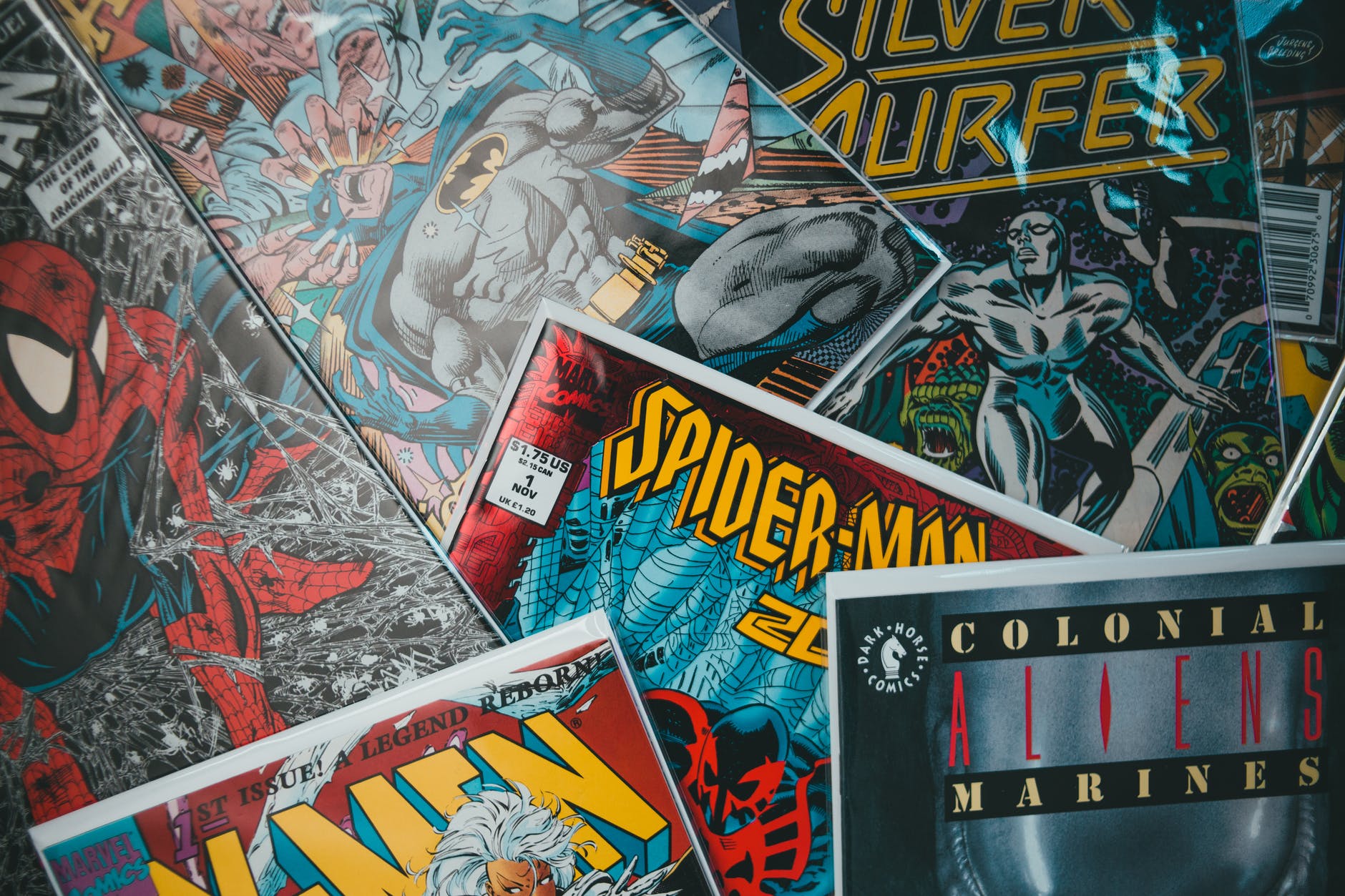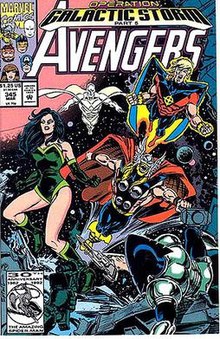

It’s hard to cover a vast genre like comics in one single blog . It’s an art form which began in the 19th century, with emphasis on the newspaper comic strips that became so popular in the early 20th century and on comic books from their origins in the 1930s, through the Golden Age superhero boom of the late 1930s and early 1940s, into the controversies and tribulations of the 1950s.
Marvel comics spearheaded the comeback of the superhero genre, while the underground comix movement made comics a key countercultural form.

The 1960s were a special decade in American history for all sorts of well-known reasons, primarily related to the widespread upheavals that occurred in American society as a result of the various oppositional political movements that were prominent in the decade.
Movements such as the women’s movement and the civil rights movement—grew directly out of conditions and events in the 1950s.
But the single event of the 1960s that galvanised that decade’s political movements more than any other was the U.S. military action in Vietnam, which came to symbolize the authoritarian abuse of power that young people in the decade were reacting against.
So it comes as no surprise that the resurgence in optimism and respect for diversity that were central to the texture of American social life in the 1960s also included an important comeback for the comic book industry.
Marvel, the mainstream company that did the best job in responding to the changing America of the 1960s.
The rise of Marvel was doubtless the most important story of mainstream comics history in the period 1960–1980.
Did you Know?

- Publisher Martin Goodman and editorial director Stan Lee rebranded their comics under the Marvel name in the early 1960s was a key moment in the rise of the company.
- The first issue of The Fantastic Four (cover-dated November 1961), solidified the Silver Age resurgence in superhero comics and ushered in one of the richest collaborative partnerships in comics history—between Lee, as writer, and Kirby, as artist.
- Marvel’s creation of the Fantastic Four was overtly inspired by the then-recent success of DC’s Justice League of America.
- Marvel soon applied its new formula to other successful superhero teams, including The Avengers (who debuted in Avengers #1, September 1963) and The X-Men (who debuted the same month, in X-Men #1).
- X-Men in particularly were well-suited to the climate of the 1960s: their status as mutants made them outsiders who were often persecuted by mainstream society, making them natural emblems for the strivings for social justice that drove causes such as the civil rights movement.
- Marvel’s greater engagement with a variety of real-world issues appealed to it’s audience. Also Lee in particular spearheaded a number of efforts to reach out to readers and to make them feel like insiders in the Marvel community, thus solidifying the appeal of the brand.
- Marvel moved into television in the 1960s and 1970s, beginning with the Saturday-morning (later Sunday) animated series Spider-Man, which ran from 1967 to 1970.
- Beginning in 1975, Marvel also introduced the African American woman character Storm as a member of the X-Men, which proved a perfect fit, given that the mutants who made up the X-Men were already being viewed by many as metaphors for racial difference.
- Storm would prove a popular character and would, among other things, eventually be married to Black Panther, an African first introduced in Marvel Comics in 1966, thus becoming the first black superhero.
- An entire new generation of artists who began, in the 1960s, to produce “underground comics,” widely referred to as “comix” to differentiated them from the products of mainstream companies such as DC and Marvel

The End of an Era

Art by Steve Epting
Altogether, while the comics industry was still troubled (and the underground comix movement was essentially dead) at the end of the 1970s, there were numerous trends that suggested considerable potential for a brighter future, in terms of both the types of comics that were being produced and the ways in which they were marketed.
New creative talents, many of them from Great Britain, would help propel a turn toward darker and more adult themes and images in the 1980s.
Creators such as Harvey Pekar, in the American Splendor series, helped to pave the way for the alternative comics of the coming decades.
Several television adaptations at the end of the 1970s gained greater exposure for several of the most popular superhero characters from Marvel and DC, though these series did not provide a lasting boost.
Similarly, Superman: The Movie served as a precursor to later, highly successful superhero films, even though it did not, at the time, trigger a major cycle of such films. Not surprisingly, the decades following the 1970s were interesting ones indeed in the comics world.
Disclaimer: All recommendations are impartial and based on user experience, with no bias to the products or the brand. The products in this post may contain affiliate links.
[…] The Marvel Universe: The Comeback of the Superhero Genre […]